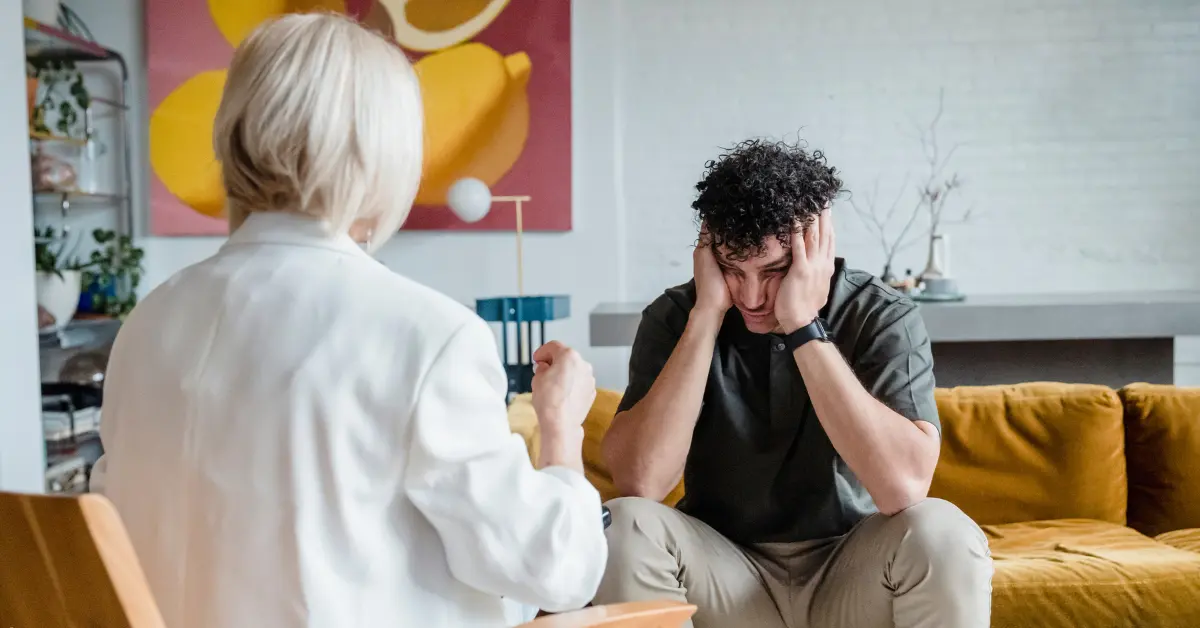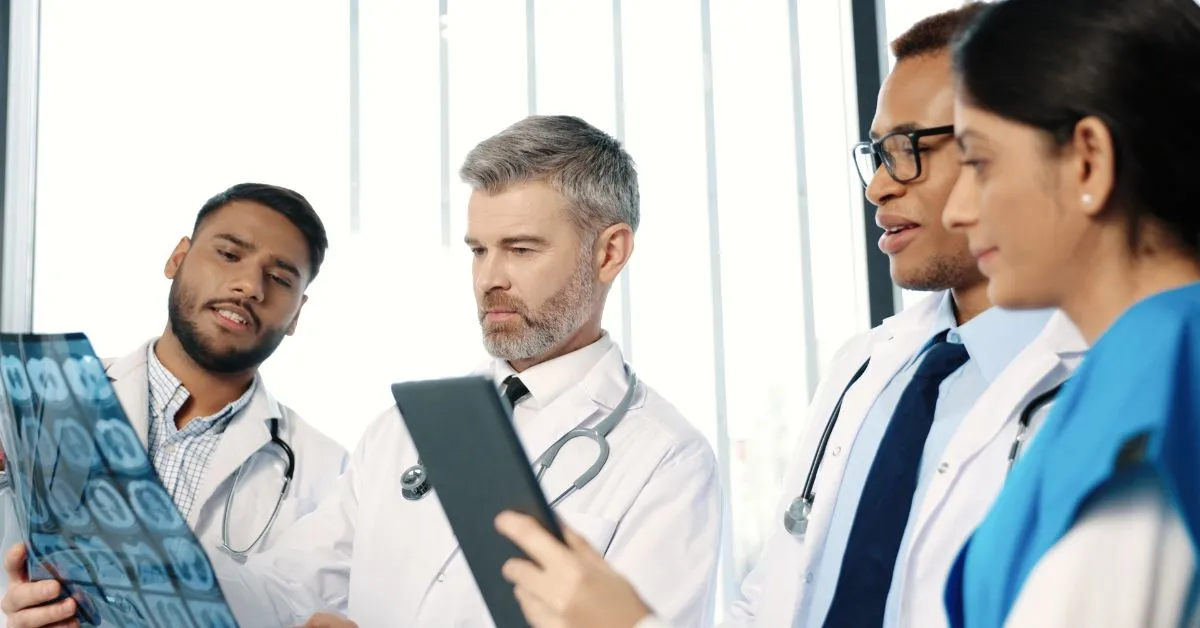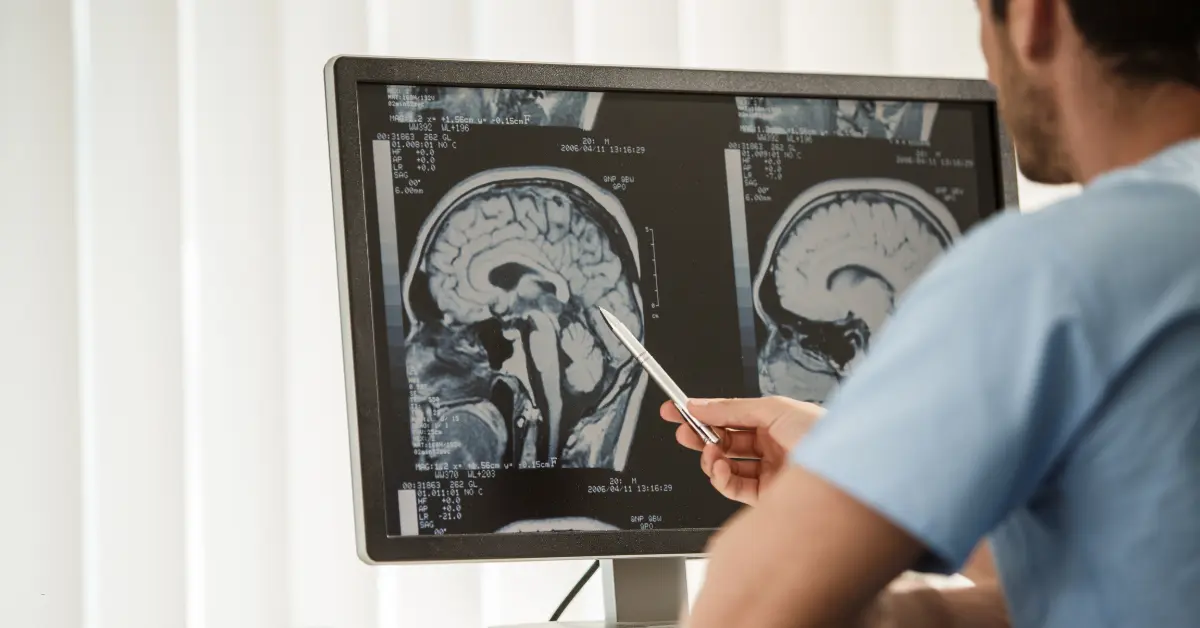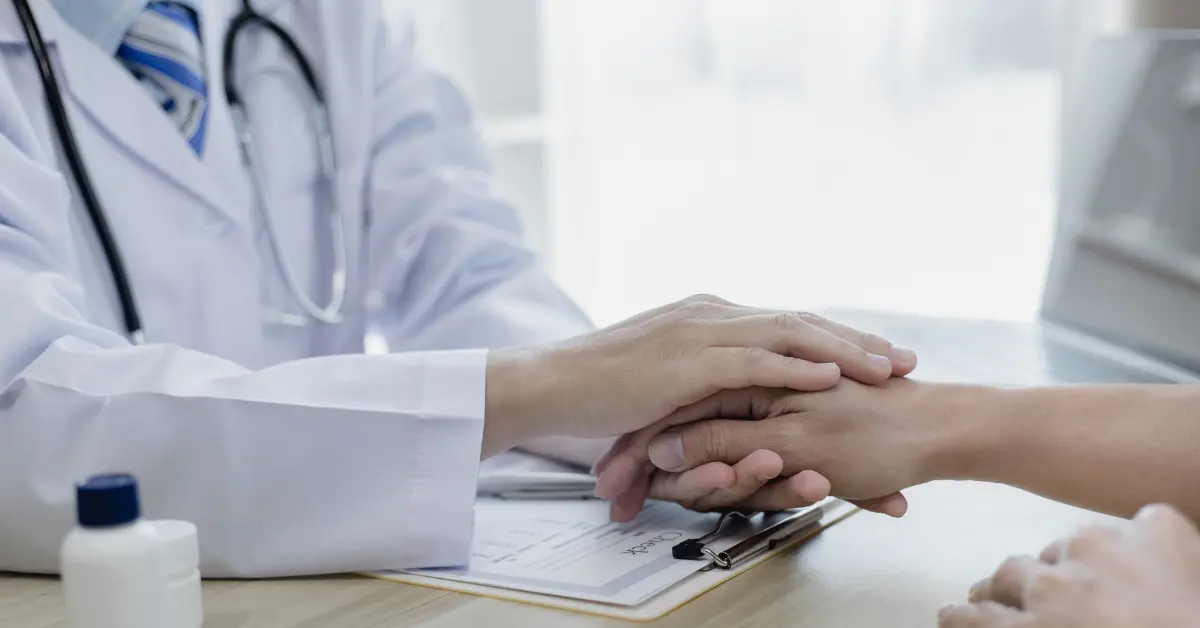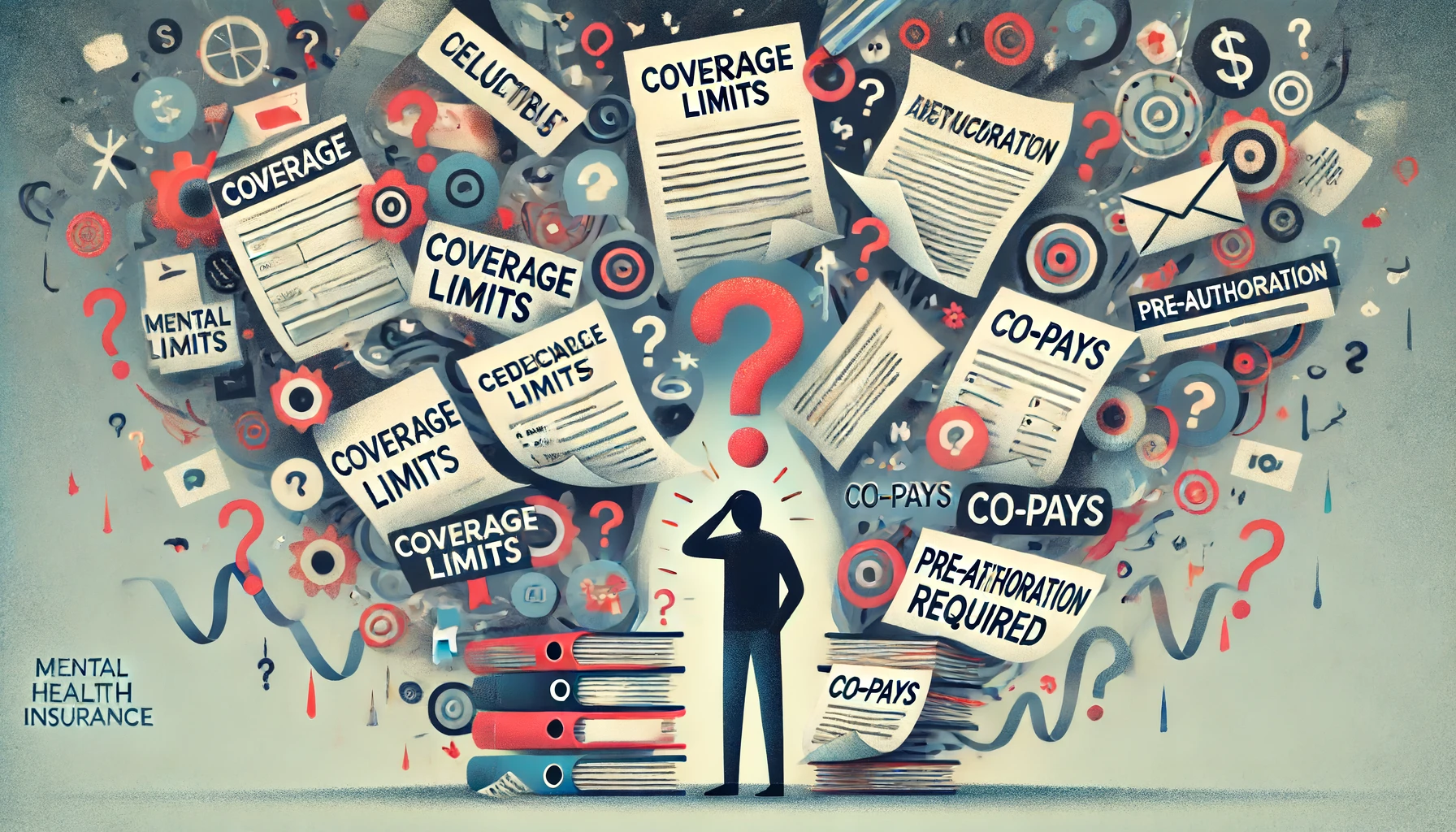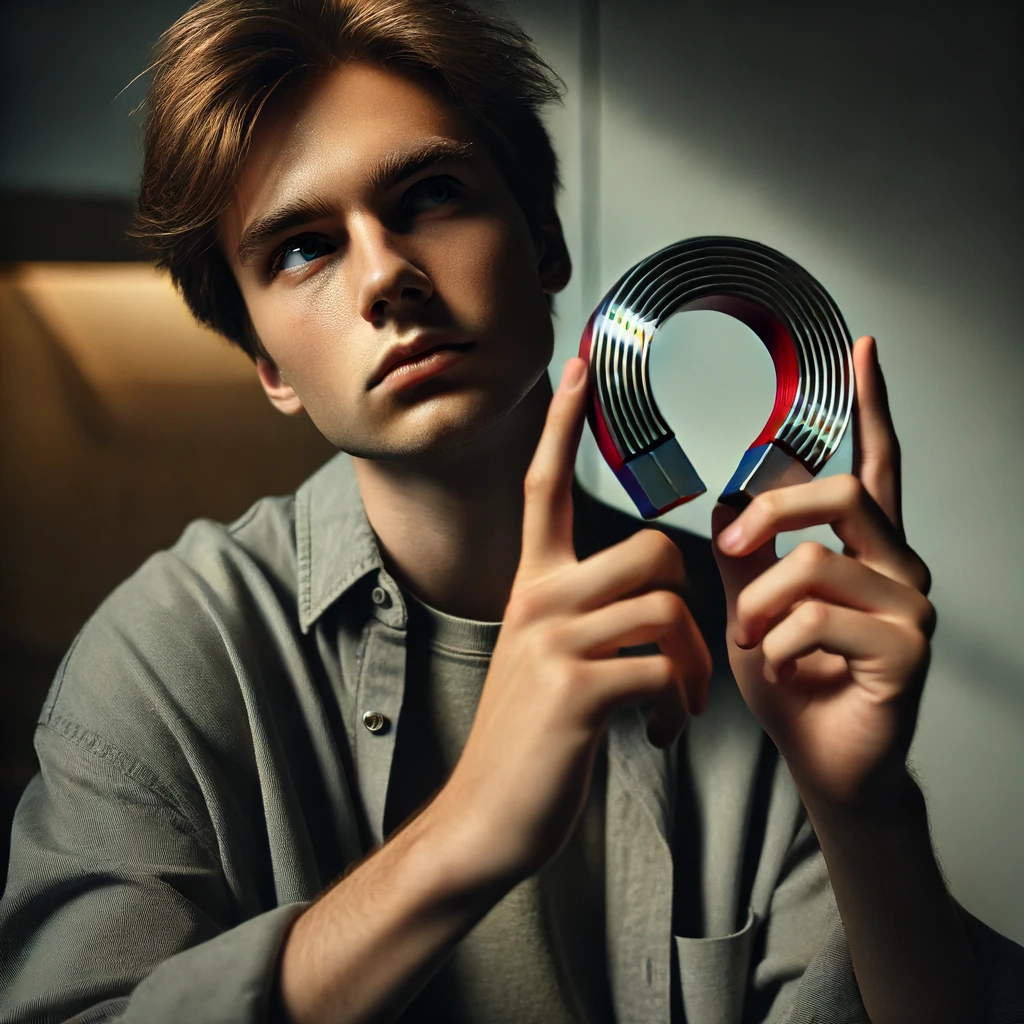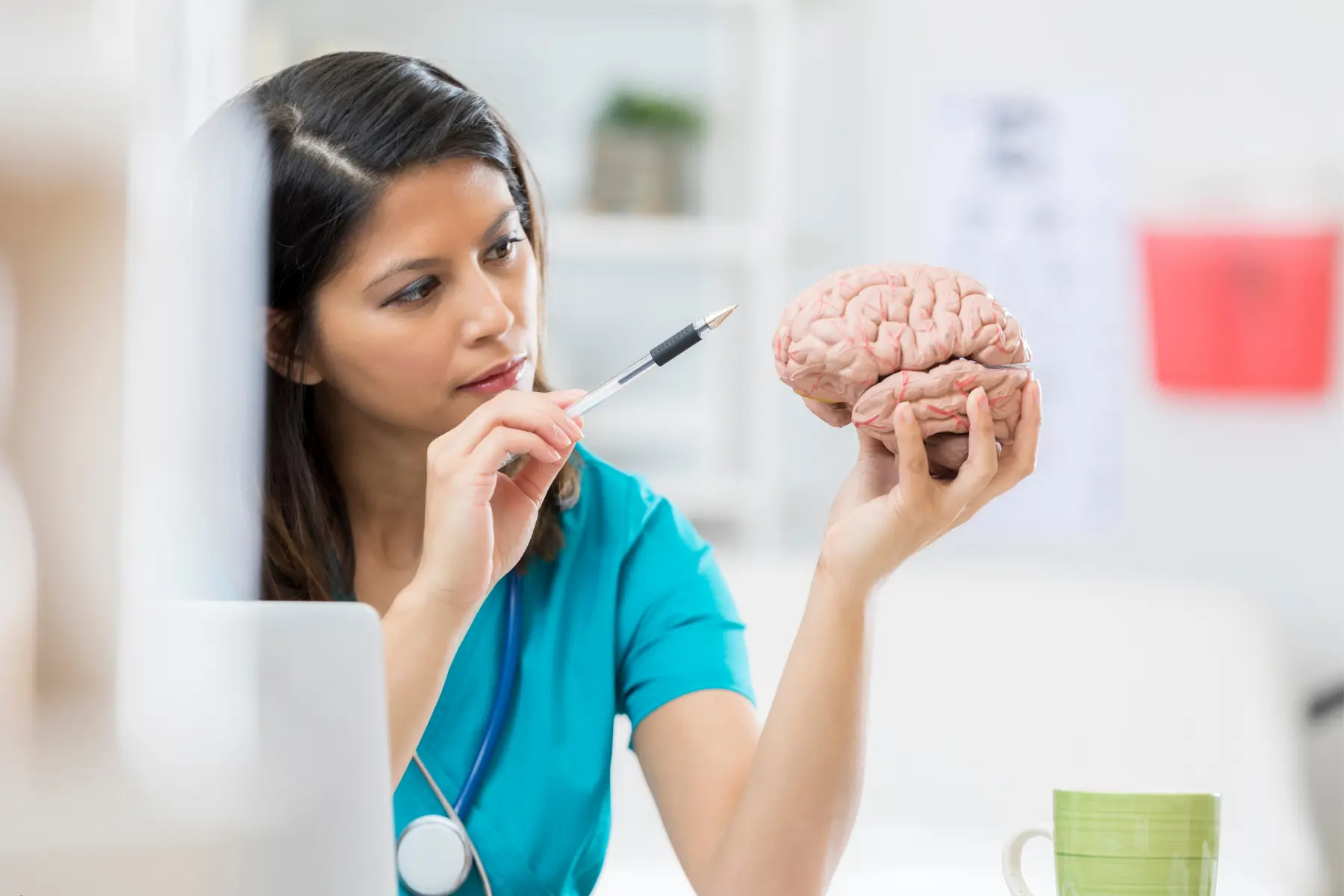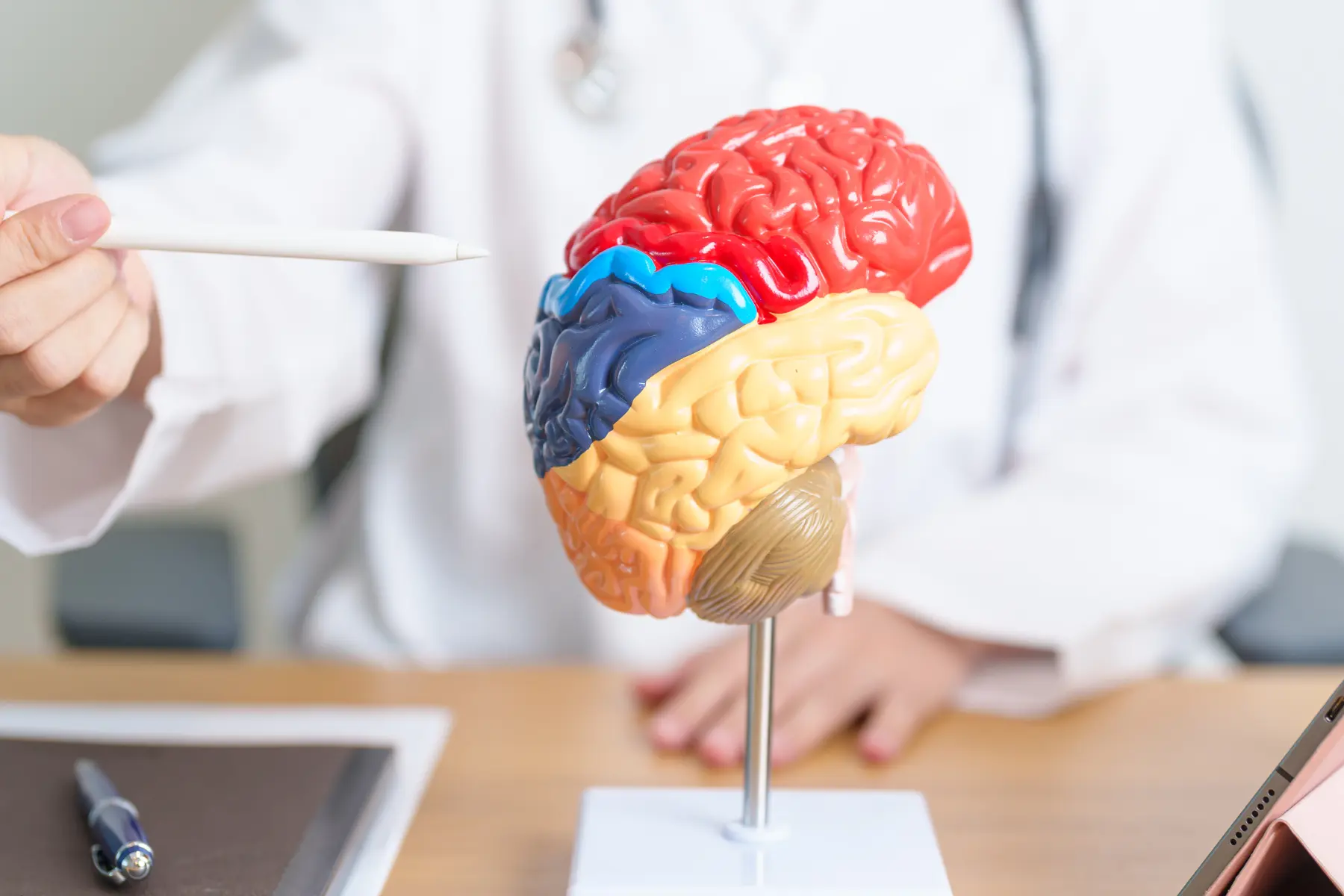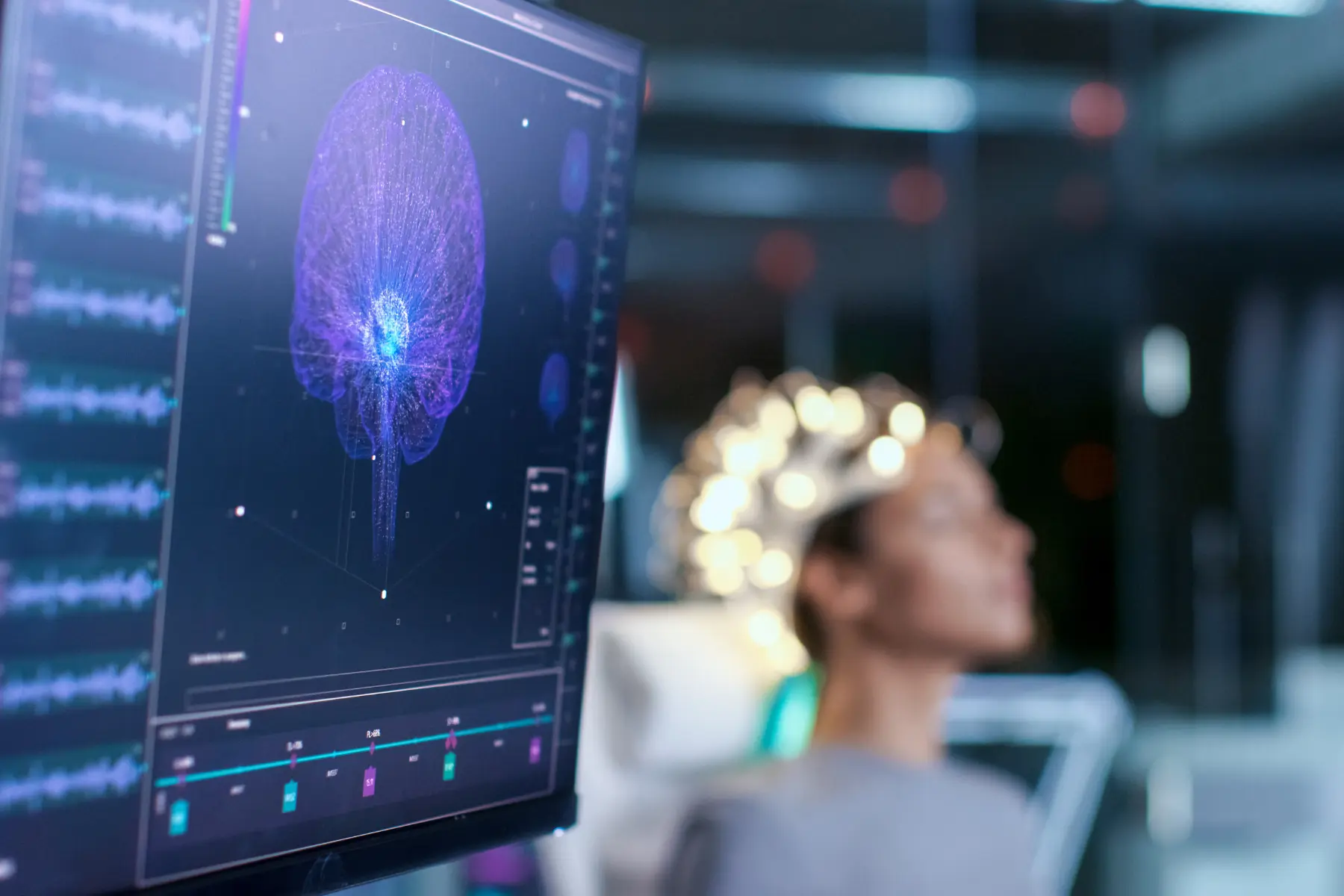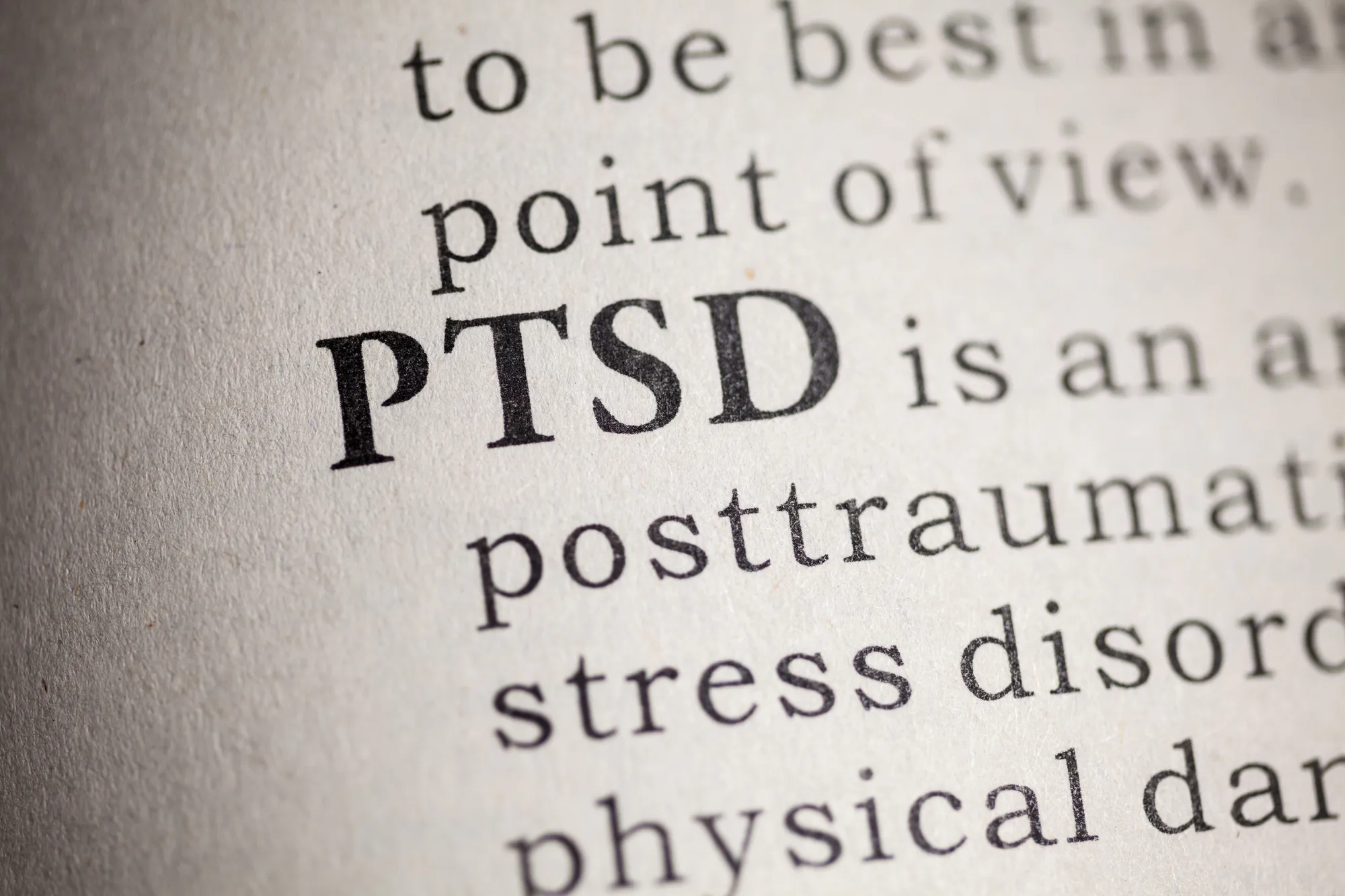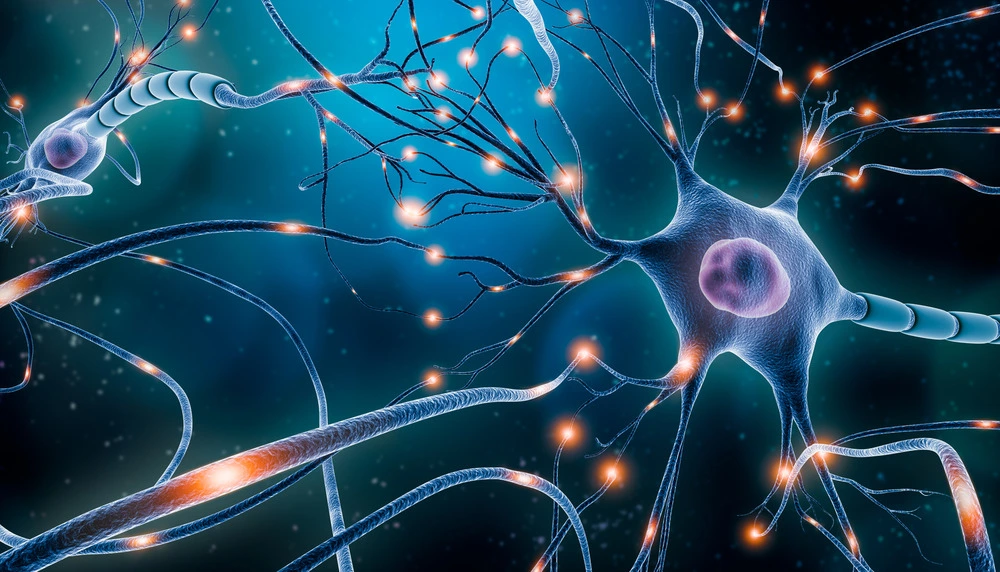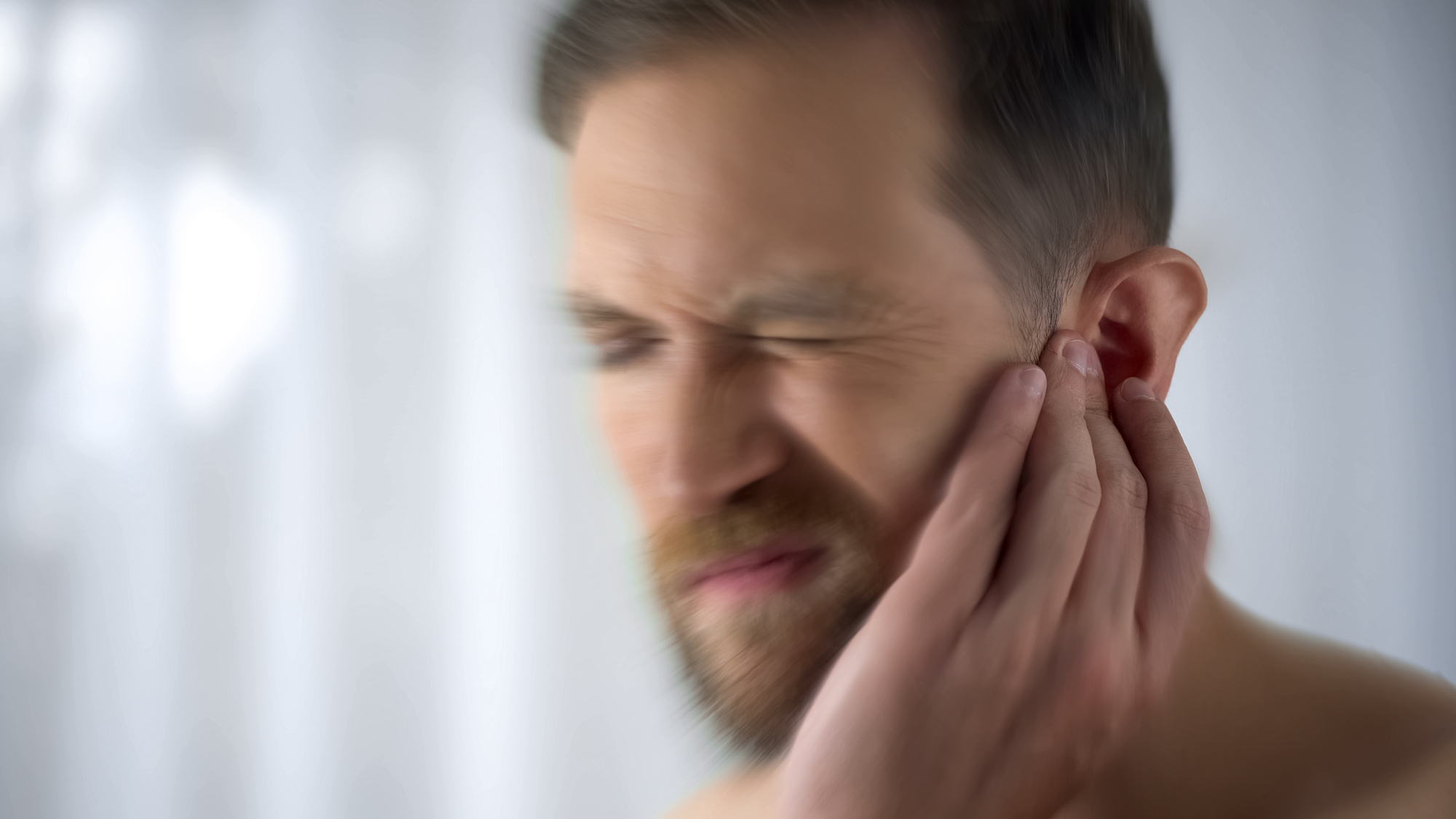In the US, depression is the leading cause of disability for people aged 15 to 44. While many sufferers respond to the first-line treatments — antidepressants, psychotherapy, or a combination of the two — almost two-thirds of patients don’t find adequate relief with these.
The best psychiatrists in Los Angeles, CA at Bespoke Treatment understand the limitations of traditional, first-line mental health therapies. That’s why they offer Transcranial Magnetic Stimulation. TMS therapy is an effective and safe non-drug treatment that can be personalized to your brain with fMRI Guided TMS—kind of like SAINT TMS.
What is TMS?
Transcranial magnetic stimulation is a noninvasive treatment that uses strong and precise magnetic pulses — similar to those used in magnetic resonance imaging (MRI) — to stimulate the brain’s limbic system. This system controls emotional and behavioral patterns and is known to be involved in depression.
Some 40% to 50% of patients with depression who have had unsuccessful outcomes with medications show a clinically meaningful response with TMS treatments, while about one-third of these patients achieve full remission.
How does TMS work?
Bespoke Treatment specializes in a process called intermittent theta burst stimulation, or TBS TMS (sometimes also called “Express TMS”), which uses a frequency pattern that mimics natural brain rhythms during neuroplasticity (aka learning). Since your brain learns 10 times faster with TBS than with conventional TMS, your sessions will only last around three minutes. You will, however, still need to come in five days a week for 8 weeks to get the full benefit of the treatment or come in for Accelerated TMS and for 10 sessions per day in just 5 days.
Is the treatment safe?
TMS therapy has been determined safe by the National Institutes of Health and was FDA-approved in 2008 as a treatment for Major Depressive Disorder. While FDA-approved for depression only, it is also safely used “off-label” to treat other disorders, including anxiety, PTSD, bipolar disorder, and obsessive-compulsive disorder.
TMS is well-tolerated by the vast majority of patients. In fact, TMS treatment doesn’t carry many of the common and troublesome side effects or other treatment options of depression. Unlike vagus nerve stimulation or deep brain stimulation, for example, it does not involve surgery or implantation of electrodes. Nor does TMS require sedation with anesthesia. What’s more, TMS is not associated with the potential side-effects of antidepressant medications, such as gastrointestinal upset, dry mouth, sexual dysfunction, weight gain, or sedation.
Are there any side effects?
Most patients do not experience negative side-effects. Among the few who do, side effects are typically mild and improve shortly after the patient’s session. Side effects also often decrease over time with additional sessions. Side effects can include:
- Headache
- Scalp discomfort at the site of stimulation
- Tingling, spasms or twitching of facial muscles
- Lightheadedness
The most serious risk is seizures. However, this is exceedingly rare.
What happens during a TMS treatment session?
After an initial consultation where we’ll determine if TMS is right for you, we’ll create a treatment plan, including a schedule for your TMS sessions.
In your first session, our team calibrates the equipment to find the DLPFC, and then to see at what level your neurons release their neurotransmitters. To determine the latter, we place the TMS device over the part of your brain that controls the thumb and determine the lowest possible stimulation level that will move it. Once calibrated, we set the full treatment dose to 120% of that level. So we don’t overwhelm and overstimulate both you and your brain, we slowly titrate you up to the full level during the course of the first week.
During your TMS treatments, you sit in a comfortable chair with the electromagnetic coil positioned at the specific point on your head that targets the DLPFC. Most patients report feeling a light tapping on their forehead and/or a mild headache during the session. After exactly three minutes and nine seconds, you’re done. There’s no downtime, so you’re free to go about your daily activities once you leave.
TMS treatment is safe, noninvasive, non-pharmaceutical, has a high success rate, and the results last long after you’re through with the sessions. In addition, most major insurers cover treatment up to 100%.
Are you struggling with depression or another major mental health disorder and aren’t getting the kind of relief you need? Give us a call or schedule a consultation online.


